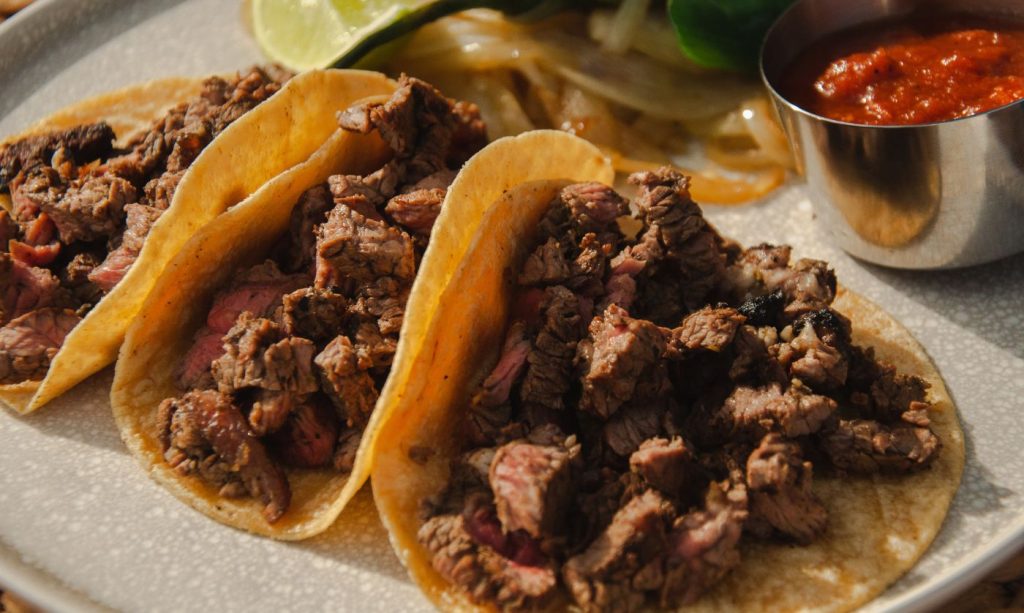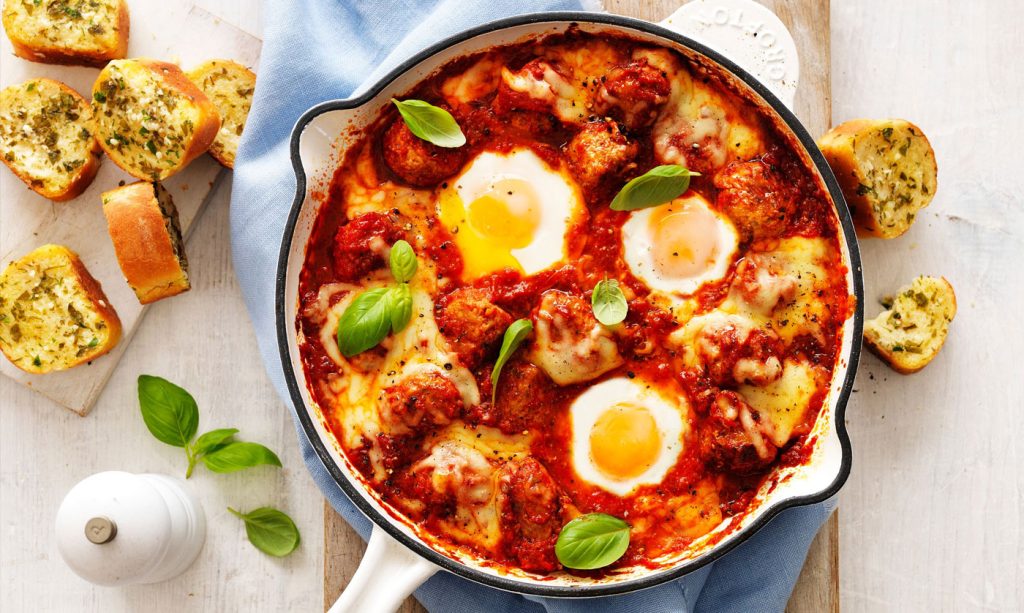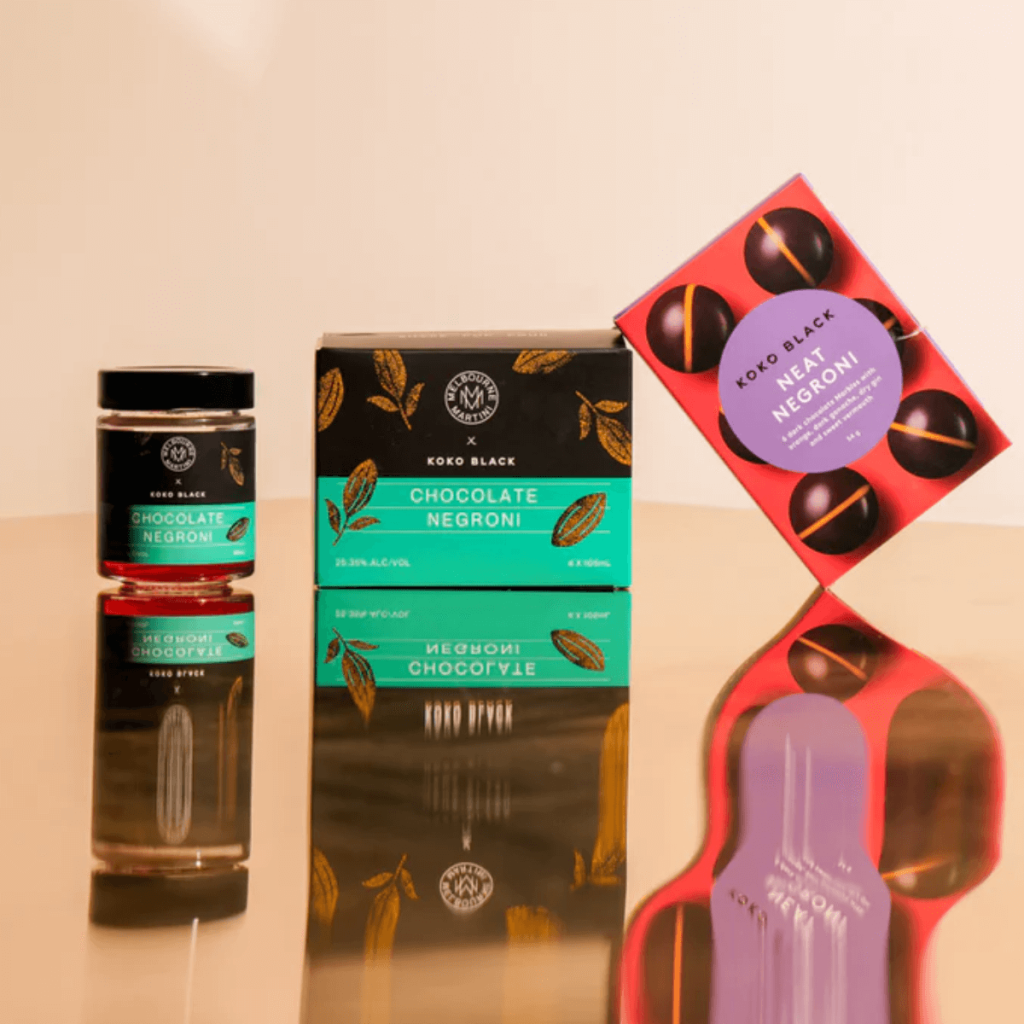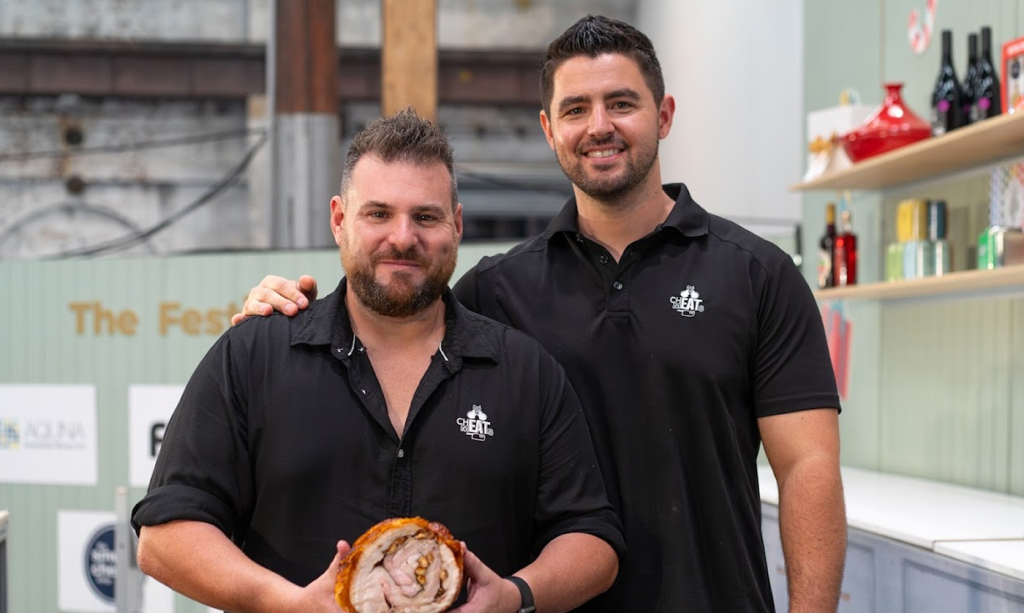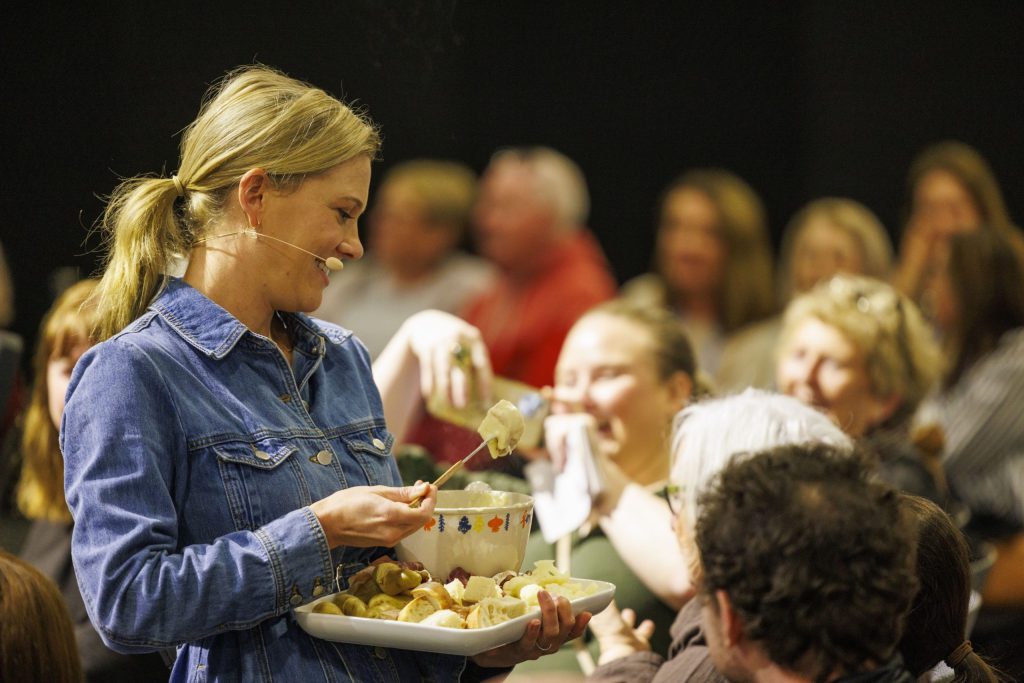A Guide to Edible Flowers
Published 12 Nov, 2015A floral flourish is a beautiful way to decorate a dish, but edible flowers can contribute so much more to your cooking than just a pretty garnish.
Edible flowers can be used to add colour, texture, aroma and flavour to both sweet and savoury dishes. Chefs have long seen the benefit of using flowers to both enhance the look and taste of their menus. At top Australian restaurant Attica, the addition of just one tiny geranium flavour totally transforms a dish of pickled vegetables.
While sourcing edible flowers may seem a little tricky, you will be surprised to find how many you already have growing in the backyard! It really is minimal effort for maximum impact, and totally worth it to hear the squeals of delight and impressed gasps when you unveil your masterpiece.
To get you started, here are a few commonly grown edible flowers and how to use them in your kitchen:
Roses
Beautiful roses have been long admired for their signature scent, and are just as pleasing to the palette with a similar sweet perfumed flavour. With an endless range of colours and textures, roses are a versatile ingredient to use in jams, syrups, cakes, custard, cookies, granola, and icecream, as well as Indian and Persian cooking. All roses are edible, but the flavour gets more intense the darker the petals.
To make candied rose petals simply brush each petal on both sides with egg white, coat with sugar and leave to dry completely on a wire rack or wax paper.
Lavender
Lavender has been used in cooking for centuries for its stunning purple colour and sweet floral and citrus notes. A particular favourite in French cuisine, lavender is a classic combo with chocolate and creamy desserts such as crème bruleè and panna cotta. Lavender is also a great accompaniment for hearty dishes, yeasty bread, and wine-reduced sauces.
For a simple start, try sprinkling lavender petals over roast potatoes or fruit salad.
Nasturtium
Not only a great companion plant for the veggie patch, nasturtiums are edible too! The vibrant flowers in sunset shades of orange, yellow and red can be eaten whole and have a spicy peppery taste, similar to radish. Use them to add a punch of colour and flavour to a simply garden salad, or mix into butter or mayonnaise. For something a little more adventurous, stuff whole nasturtium flowers with a mix of cream cheese, garlic and chives, and then simply chill before serving.
Dandelions
Bet you didn’t expect this one! Often thought of as a pesky weed, dandelions offer a surprisingly rich source of antioxidant Vitamin A, Vitamin K, carotene, and minerals including potassium, calcium, iron and magnesium. The sunny flowers have a sweet honey like flavour when young and become more bitter as they mature.
You can eat them fresh, mixed into salads or even sandwiches, or take it to the next level with a traditional French crème de pissenlits (cream of dandelion) soup, or a dandelion butter to spread on toast or mix into baking.
Herbs – sage, thyme, rosemary, mint, oregano, and basil
No doubt you have a couple of these herbs growing in the garden for their leaves, but the flowers are edible too! The flavour is commonly a milder version of the leaves, but with a beautiful little burst of colour. Add basil flowers to pasta, mint flowers to Middle Eastern cooking, and sage to stuffed mushrooms.
IMPORTANT NOTE
Be careful when using edible flowers in the kitchen, as some plants can be toxic, so always confirm that you are using the right variety and it is safe to use. Only eat flowers that you grew yourself or bought from a reputable retailer to ensure they haven’t had any nasty chemicals used on them.

